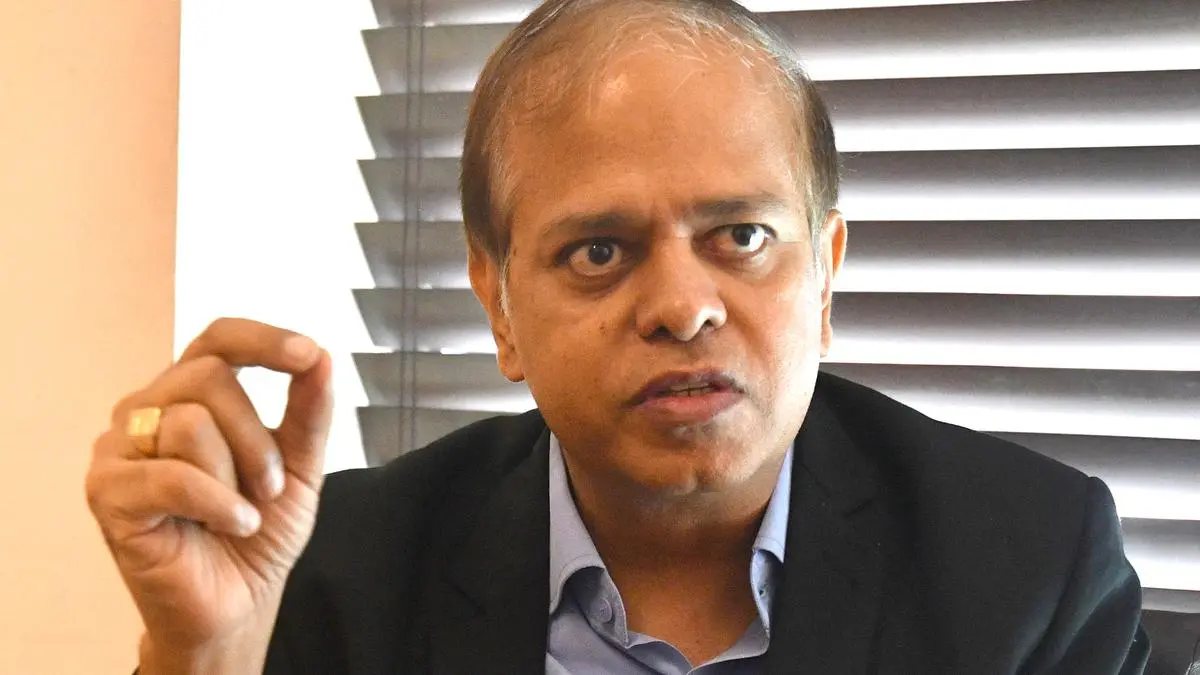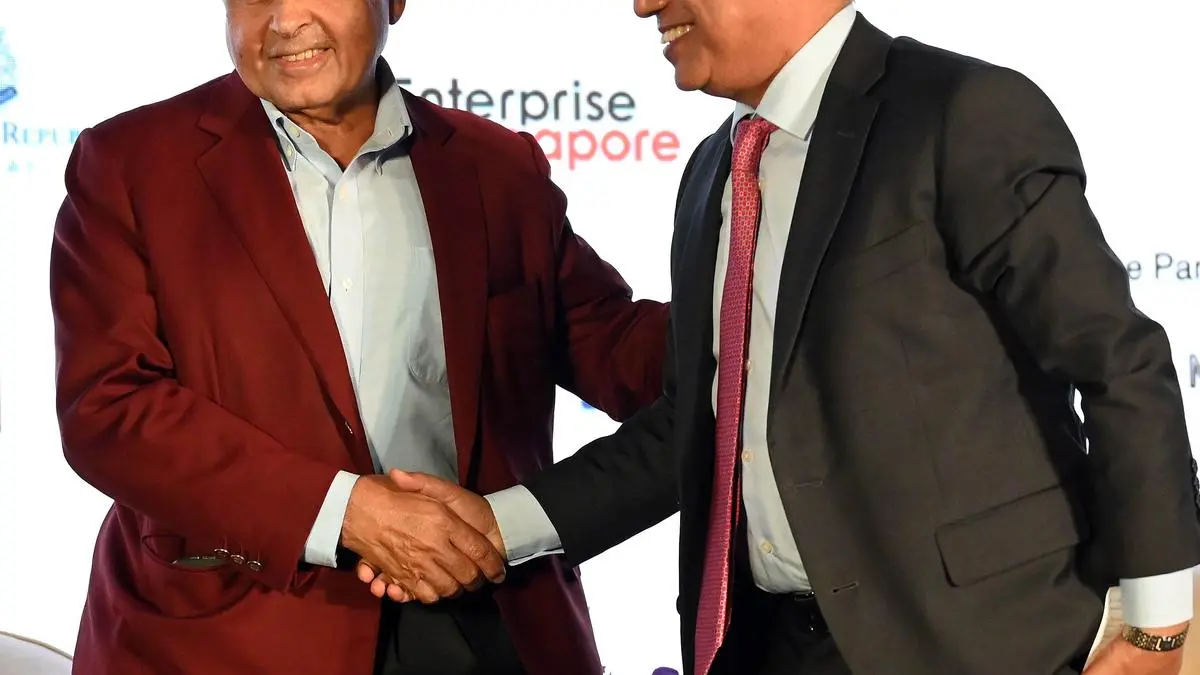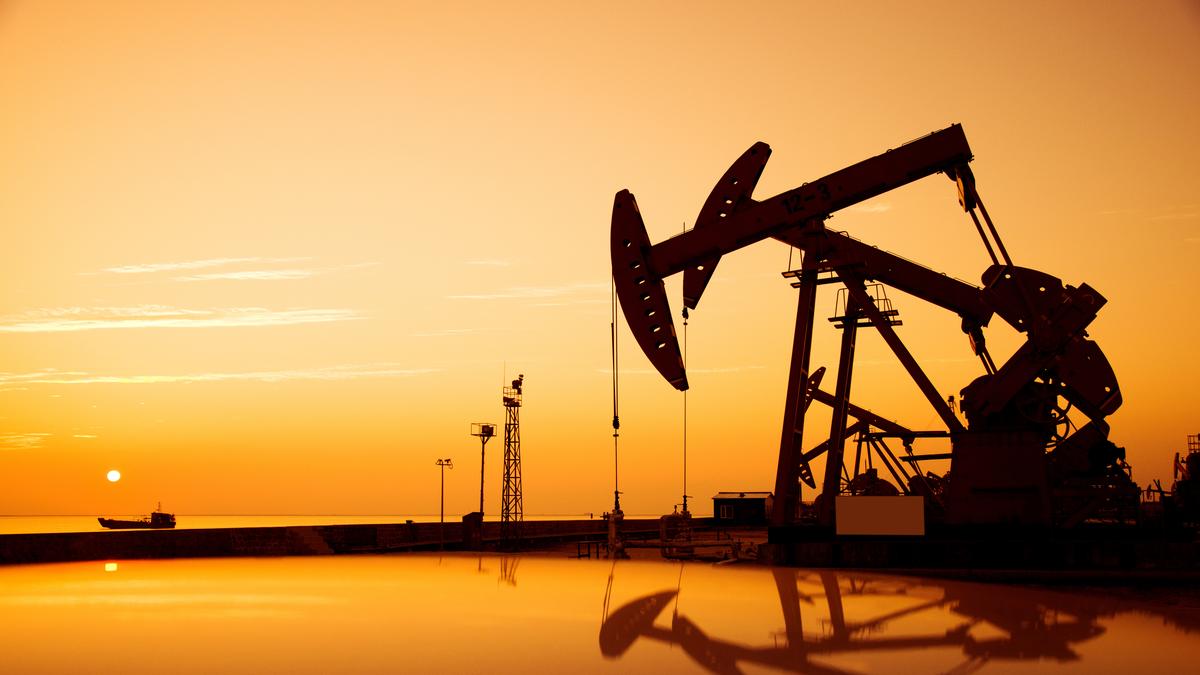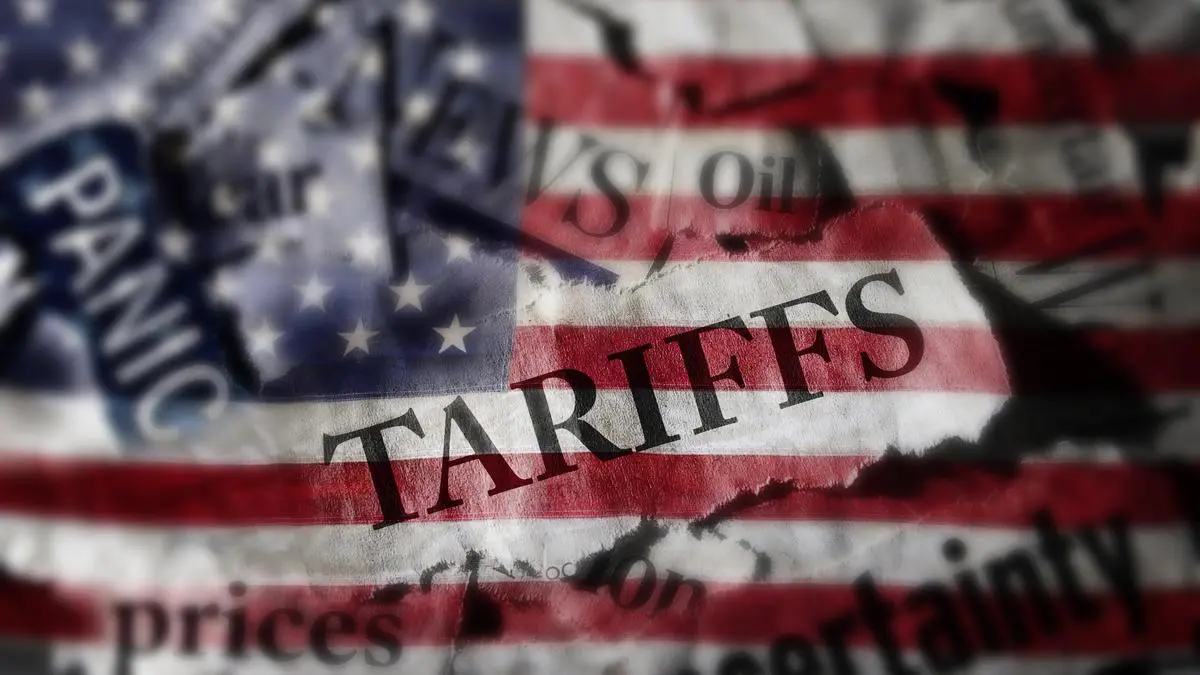
Max Life posts 15% APE growth, 32% rise in VNB in Q1 FY26

Prashant Tripathy, CEO and MD, Axis Max Life
| Photo Credit:
KAMAL NARANG/businessline
Max Life Insurance on Thursday said it posted a 15 per cent year-on-year growth in its total annual premium equivalent (APE) to ₹1,668 crore for the first quarter this fiscal, backed by a 23 per cent y-o-y increase in its individual adjusted first-year premium during the period.
During the first quarter of FY26, the individual adjusted first-year premium rose to ₹1,553 crore from ₹1,260 crore in the year-ago period. The life insurer had a total APE of ₹1,453 crore in the first quarter of FY25.
The company, in a release, stated that during the period under review, the number of new retail policies increased by 10 per cent year-over-year. “The new business growth was fuelled by strong growth of 40 per cent in Annuity, 36 per cent in Retail Protection & Health and 41 per cent from NPAR (non-participating)-Savings,” it said.
GWP and margins
Its renewal premium rose by 17 per cent to ₹3,873 crore, taking the Gross Written Premium (GWP) to ₹6,397 crore, an increase of 18 per cent over the first quarter of the last financial year. The insurer reported new business margins of 20.1 per cent in Q1FY26 against 17.5 per cent in Q1FY25.
Value of New Business (VNB), a measure of profitability, witnessed a YoY growth of 32 per cent y-o-y at ₹335 crore during Q1FY26, aided by product mix improvements.
CEO remarks
Prashant Tripathy, CEO and MD, Axis Max Life, said, “We have started the fiscal on a positive momentum, achieving a 23 per cent year-on-year increase in Individual Adjusted First Year Premium. This robust growth is built on a foundation of a balanced product mix, a wide-reaching and diversified distribution network, and a relentless focus on innovation to meet the emergent customer needs.”
Tripathy stated that the growth in new business margin and VNB resulted in a 121 basis points increase in Axis Max Life’s private industry market share in the first quarter.
“This performance not only demonstrates our operational efficiency but also the ability to generate sustainable, long-term value. As we move forward, our aspiration is clear and ambitious: to continue outpacing the industry growth while marching towards the goal of being among the top 3 private life insurers in India,” he added.
Published on August 7, 2025



